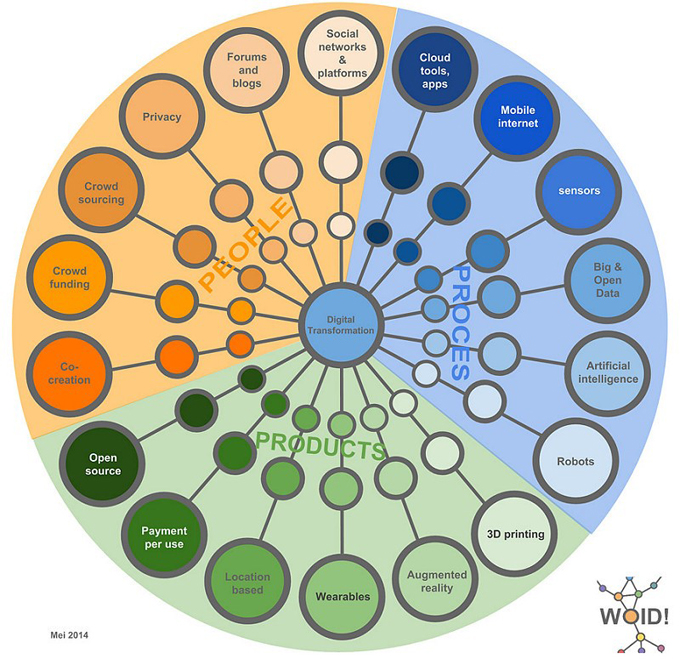 As I help preservice teachers gain confidence to stand before their first groups of students, I’m conscious of the tensions this next generation of educators will face in our uncertain era. What are the best approaches that new teachers can use to help their students to achieve the highest possible levels of learning? How can new teachers move political and legal controversies into educational and civic contexts?
As I help preservice teachers gain confidence to stand before their first groups of students, I’m conscious of the tensions this next generation of educators will face in our uncertain era. What are the best approaches that new teachers can use to help their students to achieve the highest possible levels of learning? How can new teachers move political and legal controversies into educational and civic contexts?
I believe that, while there is no single panacea for problems that educators face every day, new teachers should embrace a multidimensional approach where digital tools and texts are essential mechanisms to inspire students. The digital world opens up interactions with authentic texts and tasks and creates engaged and more fully literate learners.
Why digital literacy enhances learning
When preservice teachers attempt e-learning, they discover how the digital world blends with traditional instructional delivery to achieve a diverse range of learning outcomes. Preservice teachers often gain digital confidence when they experience its larger potential for usefulness, self-efficacy, and responsiveness. Digital inquiry, with its possibilities to represent different points of view and a range of experiences, also elevates students’ capacity for critical thinking.
Preservice teachers need to be disposed to digital literacy learning themselves, which means they must master the digital competencies they would like to foster among their students. I require my preservice teachers to experience the digital composing process from a student perspective. That means they experience a mélange of frustration and wonder as they become immersed in digital learning and incorporate new digital inquiry methods that match essential questions to authentic tasks.
Sample digital learning tasks for preservice teachers
The supply of digital applications and sources for instructional purposes is far-ranging, indeed, and a bit overwhelming for preservice teachers. Yet, because digital literacies inspire educators to reconsider what it means to be knowledge-holders in society, they also validate the real-world forms of literacy that students possess.
Here are some sample digital learning activities that preservice teachers might design for their students:
Final thoughts
When preservice teachers are required to find, understand, evaluate, create, and communicate digital information in a wide variety of formats, they inspire learning in their students. Preservice teachers need to complete their undergraduate programs with the skills to engage, participate, and teach in a world in which literacy must keep pace with rapidly changing technologies.
Carolyn Fortuna, PhD, is a recent recipient of the ILA Grand Prize for Reading and Technology. She’s newly retired from a 20-year career as a public school secondary English teacher and now teaches in the Educational and Gender Studies Departments at Rhode Island College, where she embeds critical digital media literacy instruction in all her courses. She is a staff member of the Media Education Lab and program chair for the Northeast Regional Media Literacy Conference.
This article is part of a series from the International Literacy Association Technology in Literacy Education Special Interest Group (TILE-SIG).